
Natural language processing (NLP) is a core part of artificial intelligence. There’s plenty of literature that covers the topic. But how can you find the best books on NLP?
A simple solution is to ask the experts. Which is why we’ve prepared our top-ten list of must-read books (and eBooks!) on NLP. We’re confident each one will help you build or broaden your knowledge and, ultimately, develop your skills in this field.
Ready? Let’s begin.
10 Must-read Books on NLP
One quick note before we jump into the list. Some of these books cover more basic NLP elements.
So if you already have a grounding in the topic, this article might be more of a quick review, but either way, the basics are essential to growth, so we’re sure everyone can find value in the resources shared below.
1. Natural Language Processing Succinctly
Author: Joseph D. Booth
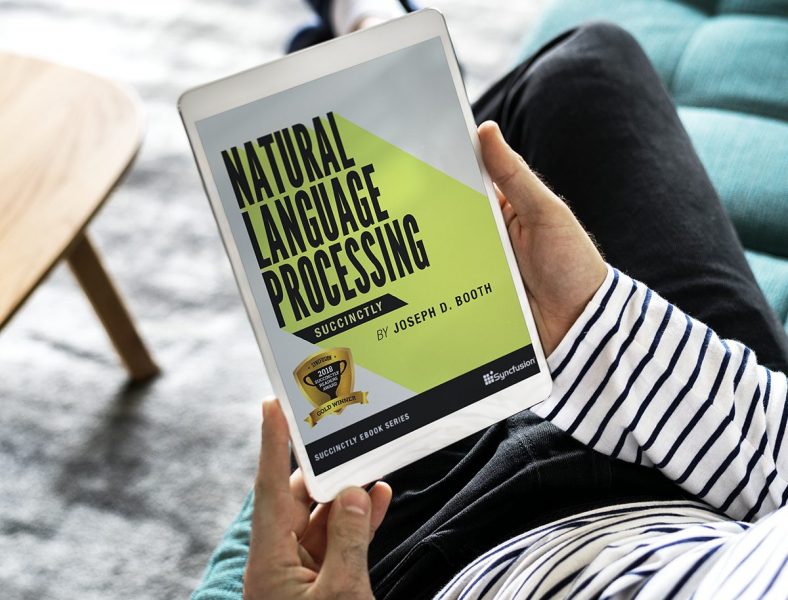
The first book in our list focuses on machine learning-based NLP. The concept revolves around software that can recognize patterns, using the broad context to infer meaning and interpret poorly structured text.
Joseph Booth guides readers through the topic using a simple process that interprets written text before providing a reasonable response. And his approach enables practitioners to tackle the more significant challenges of NLP development.
You’ll find all you need to know to build NLP solutions, starting with an overview of natural language processes and what the technology can do. The book covers tasks like extracting sentences and particular words, tagging, recognizing entities, and answering questions, among lesser-known use cases.
2. Practical Natural Language Processing: A Comprehensive Guide to Building Real-World NLP Systems
Authors: Sowmya Vajjala, Bodhisattwa Majumder, Anuj Gupta, Harshit Surana

Several authors collaborated here to walk readers through how to build real-world NLP solutions embedded in larger product setups.
The book teaches you how to apply NLP in an industrial setting, alongside offering a comprehensive overview of the main breakthroughs in the field (described using both real-life case studies and code).
Here’s what’s covered:
- A broad spectrum of problem statements, tasks, and solution approaches within NLP
- How to use machine learning and deep learning in NLP applications
- How to evaluate algorithms and techniques for NLP product tasks and datasets
- How to produce software solutions that follow best practices
- Implementation best practices (alongside opportunities for NLP in business)
This book is most suited to software engineers, data scientists, machine learning engineers, product managers, and business leaders.
3. Deep Learning for NLP and Speech Recognition
Authors: Uday Kamath, John Liu, James Whitaker
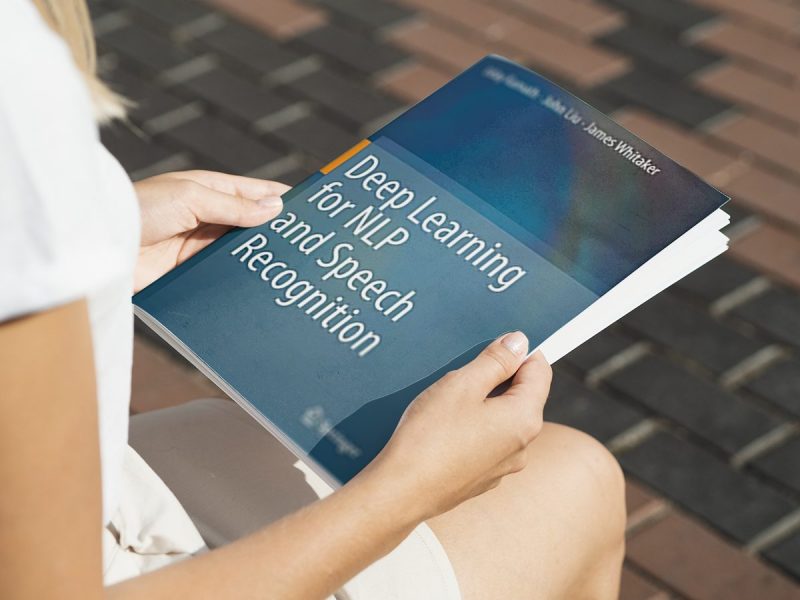
This book looks at applying deep learning architecture to tasks like document classification, translation, language modeling, and speech recognition.
The authors walk readers through the subject matter in three parts, with each one targeting a different subset based on your experience and prior knowledge.
- Part 1: Machine Learning, NLP, and Speech Introduction
This section introduces readers to speech recognition, deep learning, and machine learning, using fundamental theory and case studies.
- Part 2: Deep Learning Basics
This section covers the essential topics for speech and text processing.
- Part 3: Advanced Deep Learning Techniques for Text and Speech
The final part explains the latest deep learning research that intersects with NLP and speech, including attention mechanisms, transfer learning, multi-task learning, reinforcement learning, and case studies.
The book will interest everyone; it’s just a matter of picking the section that best matches your interests and experience.
4. Transformers for Natural Language Processing
Author: Denis Rothman

Now onto a book that examines, in broad detail, deep learning for machine translations, question answering, text-to-speech, speech-to-text, language modeling, and other NLP fields with transformers.
The author walks readers through NLP using Python, describing how to use the latest pre-trained transformer models (alongside various other NLP platforms). He also looks at applying Python, TensorFlow, and Keras frameworks to sentiment analysis, text summarization, speech recognition, machine translations, and much more.
So if you’re somewhat familiar with neural networks, Python, PyTorch, or TensorFlow and you want to learn more about transformers, then this book is for you.
5. Introduction to Natural Language Processing
Author: Jacob Eisenstein

This book provides a perspective on NLP techniques for developing models that can understand, generate, and manipulate human language. The author covers contemporary data-driven approaches, focusing on supervised and unsupervised machine learning methods.
The book is split into four parts:
- Part One: presents the machine learning essentials and their applications to word-based textual analysis;
- Part Two: includes structured representations of language (like sequences, trees, and graphs);
- Part Three: explains various approaches to representing and analyzing linguistic meaning, ranging from formal logic to neural word embeddings;
- Part Four: describes three applications of NLP: information extraction, machine translation, and text generation.
This book suits readers with more advanced computer programming and mathematics skills, including undergraduate and postgraduate students, academic researchers, NLP software engineers, and data scientists.
6. Natural Language Processing with Python
Authors: Steven Bird, Ewan Klein, Edward Loper
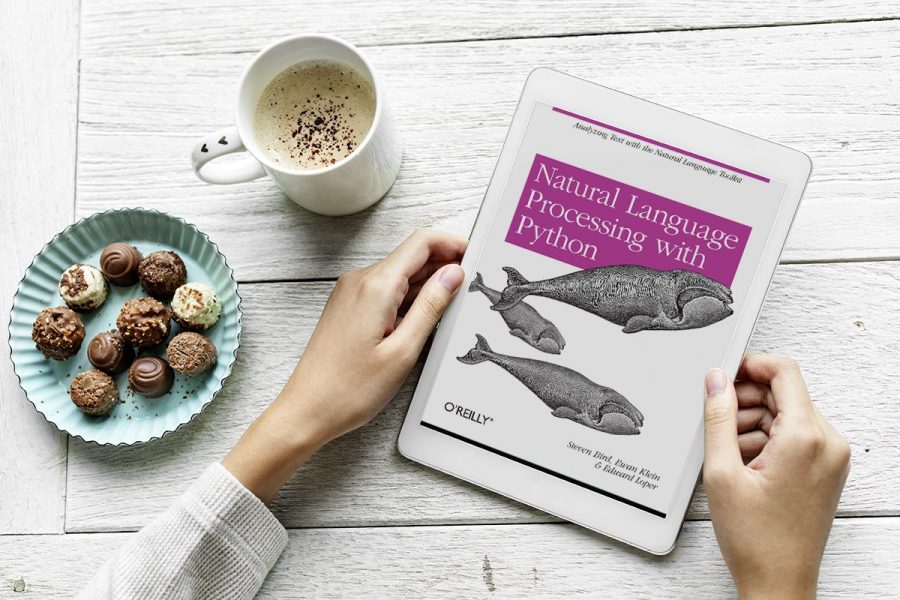
This book is timeless, introducing readers to NLP with a focus on programming. Fans call it the ‘NLTK Book’ as it’s very practice-oriented, somewhat ignoring the theory to focus on practical examples that explain how to use the library (in parallel with learning about crucial NLP concepts).
Given the approach, it’s well suited to beginners. And the preface states that it’s designed for anyone who wants to learn how to write programs that analyze written language (regardless of previous programming experience).
The book will teach you:
- How to write simple programs that help you manage and analyze language data
- The different algorithms and data structures used in NLP
- The fundamental NLP and linguistics concepts used to describe and analyze language
- How easy it is to work with common data formats used in NLP
- How to evaluate the performance of NLP
7. Neural Network Methods in Natural Language Processing
Author: Yoav Goldberg

Yoav Goldberg’s primary goal is to elaborate on neural networks and their applications to NLP. In doing so, he shares several additional resources to help readers further expand their knowledge once they’ve finished his book.
The book is split into four chapters, with the first half covering the basics of supervised machine learning, feed-forward neural networks, and working with natural language data. The second half then focuses on more specialized neural network architectures.
Goldberg’s approach is to help you apply the technology to your favorite language-processing problems instead of exploring each topic in detail. Which is why we recommend developers, and industry practitioners with neural network experience, read this one.
8. Handbook of Natural Language Processing
Authors: Nitin Indurkhya, Fred J. Damerau
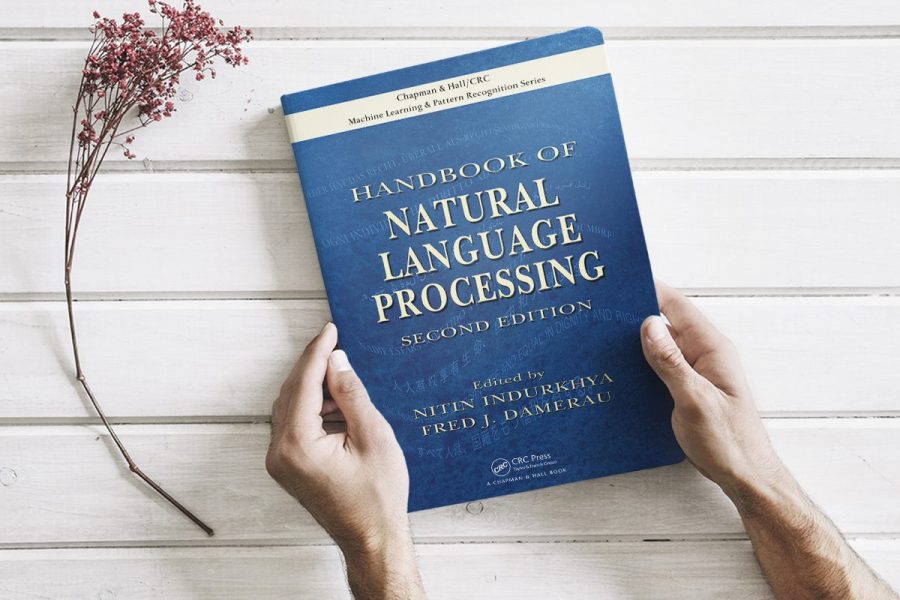
Handbook of Natural Language Processing presents tools and techniques for developing and implementing efficient NLP in computer systems.
The book tackles the subject in three sections:
- Section One: Traditional methods, including symbolic and empirical approaches;
- Section Two: Statistical approaches;
- Section Three: Multiple applications, from information visualization to ontology construction and biomedical text mining.
The second edition of the paper has a multilingual scope and focuses more on statistical approaches. It’s an excellent starting point for beginners who want to learn how to apply NLP to computer systems.
Note: there’s also an online version of the handbook found here.
9. Natural Language Processing in Action
Authors: Hobson Lane, Cole Howard, Hannes Hapke
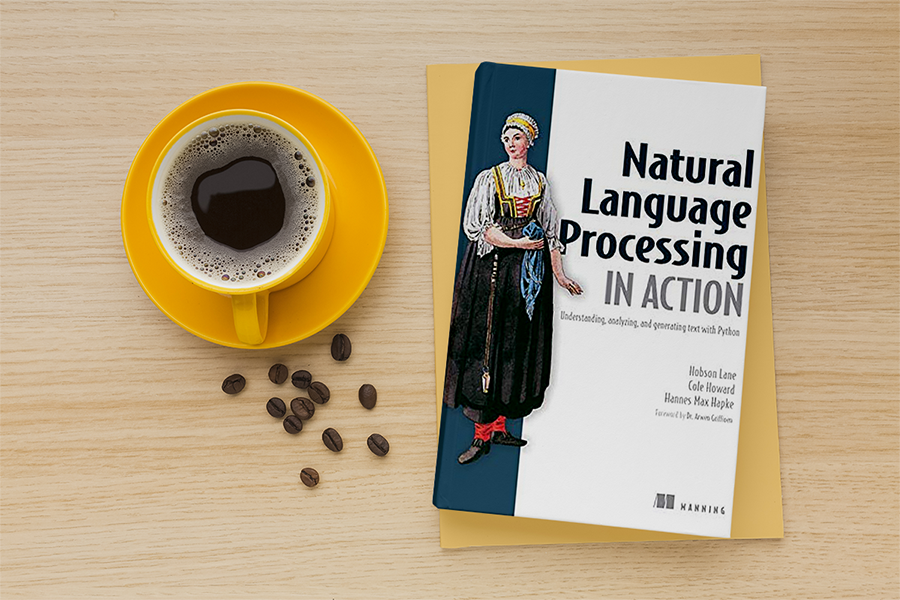
This resource is more of a guide to building machines that can read and interpret human language.
The book develops traditional NLP approaches that include neural networks, modern deep learning algorithms, and generative techniques as you tackle real-world difficulties like extracting dates, composing a text, and answering free-form questions.
The book consists of three parts:
- Wordy Machines: giving the reader an insight into NLP, tokenization, TF-IDF vectors, and semantic analysis;
- Deep Learning: focusing on DL and neural networks, including CNN’s and RNNs;
- Getting Real: tackling challenges like information extraction, dialogue engines, and scaling up.
10. Speech and Language Processing
Authors: Daniel Jurafsky, James H. Martin
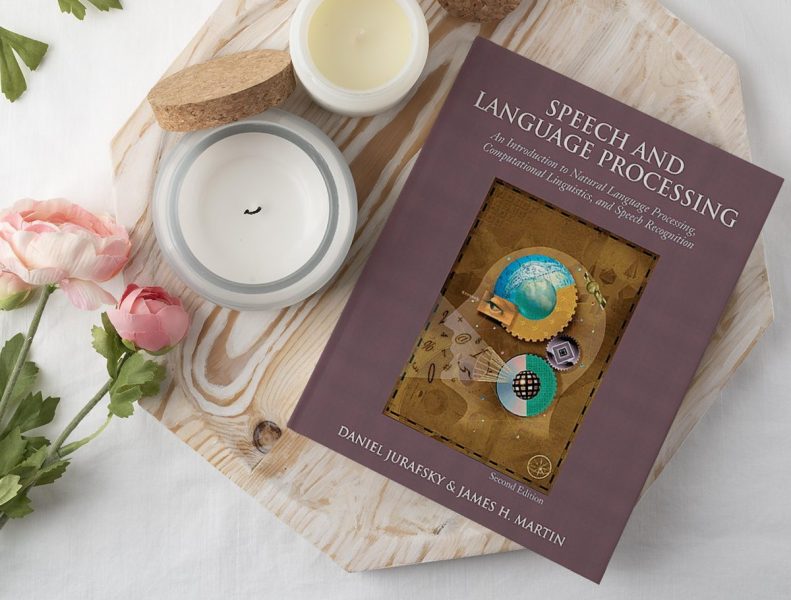
We’ll end on an older book that, despite its publication date, is still one of the most widely recommended NLP books.
Stanford University and the University of Colorado professors co-authored the text as a deep dive into language processing. And the book offers a unified vision of speech and language processing alongside covering statistical and symbolic approaches to language processing.
It also presents algorithms and methods for speech recognition, data extraction, search engines, and the creation of spoken-language dialogue agents, making it a must-read for both beginners and those looking to learn about the theory and application of language processing.
Note: there’s also an online version of the book found here, and you can find updated information over on the Stanford University website.
Interested to learn more? Why not read Technical addu article on the 7 Key Benefits Of Using Natural Language Processing In Business — and if you know of a book we’ve missed from the list, drop us a message on social media, and we’ll consider adding it to the list.



